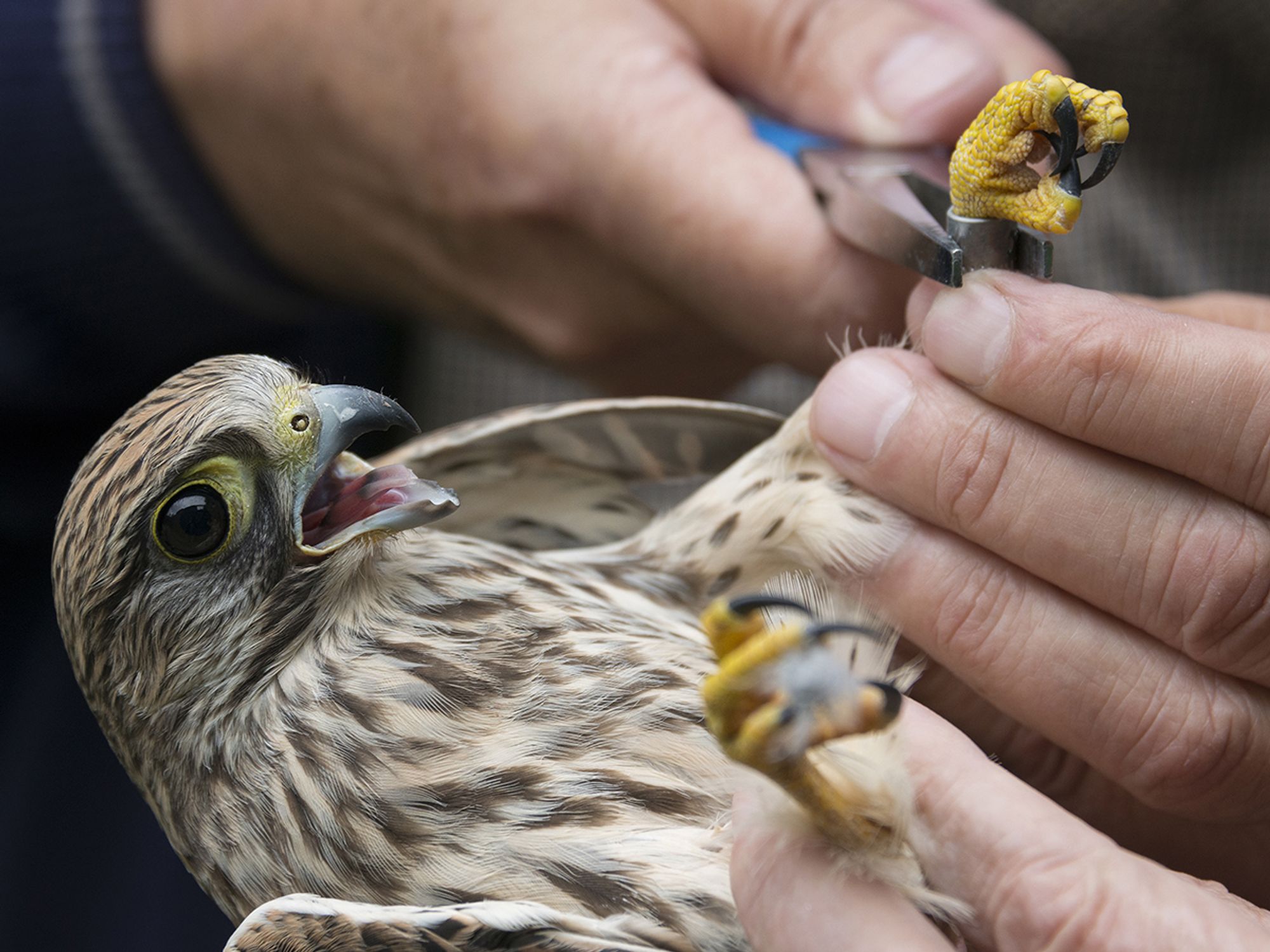MBTA permits

- MBTA permits can be issued for scientific research, teaching, breeding, rehabilitation, and helping lower damage by birds.
- Educational Use permits allow the custody of migratory birds for conservation teaching reasons.
- Only public parties like museums, scientific organizations, or zoological parks are allowed to apply for eagle exhibition permits.
The Migratory Birds and Habitat Program in part, issues Migratory Bird Treaty Act (MBTA) permits to allow individuals or corporations to take or possess birds for particular reasons including:
- Scientific research,
- Teaching,
- Breeding,
- Rehabilitation, and
- Helping lower issues or damage by birds.
Teachers
Education permits are separated two various ways. Use of birds in general is named Educational Use whereas use of eagles specifically is named Exhibition. If live birds are involved, they are titled live permits. If specimens, mounted birds, bones, nests, feathers, non-viable eggs, and additional parts are involved, they are titled dead permits. One permit can allow the use of live and dead birds. Added permits however, are required for birds and eagles.
Educational Use
Educational Use permits allow the custody of migratory birds for conservation teaching reasons. This includes live birds, dead birds, or both.
Permit information
- Fee: $75
- Duration: Three years
- Application (dead only): Form 3-200-10d
- Application (live): Form 3-200-10c
- Reporting: Annual (January 31)
- Annual report (dead only): Form 3-202-5
- Annual report (live): Form 3-202-3
- Regulation: 50 CFR 21.27
Exhibition
Eagle Exhibition permits allow the custody of live eagles or dead eagles (mounts, feathers, bones, etc.) for conservation teaching uses. Common uses of these permits include having live eagles or eagle parts on exhibit for conservation teaching or used in conservation teaching programs.
Restrictions
- Eagles may not be held for individual use as pets.
- Only public parties like museums, scientific organizations, or zoological parks are allowed to apply for eagle exhibition permits. The word public includes government and non-profit organizations. Individuals or for-profit organizations cannot be issued these permits
- Custody of live eagles or eagle parts is forbidden without a permit. Dissimilar to migratory birds, Association of Zoos and Aquariums (AZA) accredited places do not have a regulatory exception for possession of live eagles.
Native American feather
This permit allows Native Americans to possess eagle feathers and other parts for religious purposes.
Permit information
- Fee: None
- Duration: Lifetime
- Regulation: 50 CFR 22.22,
- Application: Form 3-200-15A
- Reporting: None
Restrictions
- Permits are issued to an individual not a tribe as a whole.
- Applicants must be enrolled members of federally acknowledged tribes as known by the Bureau of Indian Affairs.
- Applicants must be a minimum of 18 years old.
Special purpose - utility
A national Utility permit allows utilities to gather, move, and briefly possess migratory birds found dead on utility sites, structures, and rights-of-way for mortality surveying reasons. The permit may be used for post-construction monitoring projects like searcher efficiency and scavenger removal trials. This permit may also allow relocation or demolition of active nests in emergency situations. Utilities include communication towers, electric, wind, solar, and other power creation, and transmission operations.
Permit information
- Fee: $100
- Duration: Three years
- Application: Form 3-200-81
- Reporting: Annual (January 31)
- Annual report: Form 3-202-17
- Regulation: 50 CFR 21.27
Scientific collecting
Scientific Collecting permits allow scientific research and museum collection of nationally protected birds, besides eagles.
Permit information
- Fee: $100
- Duration: Up to three years
- Application: Form 3-200-7
- Reporting: Annual (January 31)
- Annual report: Form 3-202-1
- Regulation: 50 CFR 21.23
